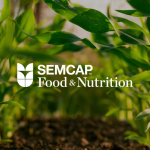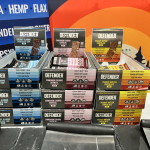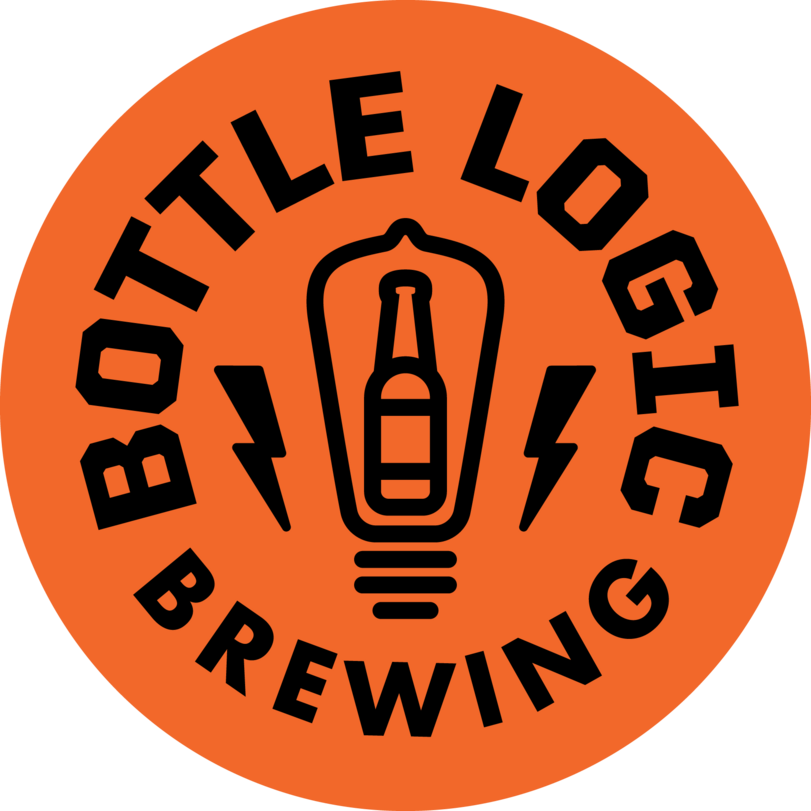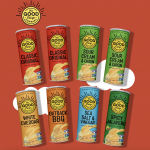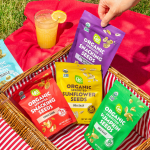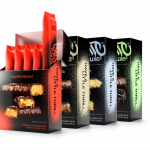SFA: Specialty Food “Very Stable,” but Conventional Gains Steam
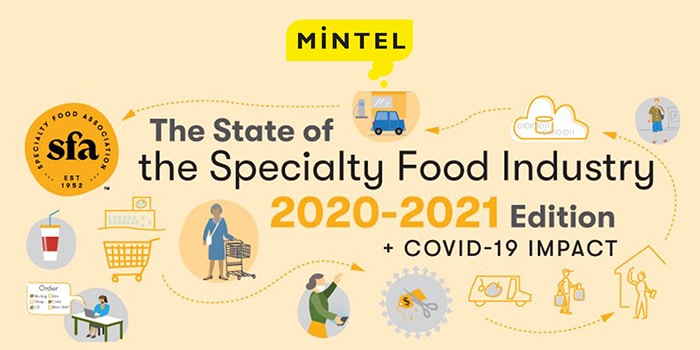
After sales spiked for specialty food and beverage categories this spring due to the COVID-19 pandemic, the road ahead remains uncertain: with strapped wallets and high anxiety, will specialty consumers stick to the specialty products they love? The Specialty Food Association (SFA) and research firm Mintel predict that due to increased financial constraints on consumers, conventional food sales may outpace specialty in 2020 for the first time in 15 years. In their annual State of the Specialty Food Industry report, SFA and Mintel reviewed sales data from the past three years, 35 category forecasts and a consumer trend survey to help explore the future of specialty food.
A “Very Stable” Market
During the past decade, the specialty food market has been “very stable,” market research retail and brand consultant David Browne said in a recent webinar. In 2019, sales reached $158.4 billion, an increase of 10.7% from 2017, and grew three times faster (8.9%) than the entire food and beverage industry (3%). Also in 2019, 12 categories generated at least $2 billion in annual sales — a record number.
Much of that growth came from refrigerated products, which grew 11.1% from 2017-2019, and comprise 25% of the specialty market, the report found. Amongst the top five categories in dollar growth for 2019 were refrigerated plant-based meat alternatives; refrigerated creams and creamers; refrigerated RTD tea and coffee; and frozen breakfast foods. Browne noted that many retailers have expanded refrigerated items into multiple locations in stores, helping drive sales.
Additionally, top categories by retail sales included cheese and plant-based cheese; meat, poultry and seafood (frozen and refrigerated); chips, pretzels and snacks; non-RTD coffee and hot cocoa; and bread and baked goods.
Plant-based products in particular drove the market and will continue to grow, said David Lockwood, Mintel’s consulting director: sales increased 27% from 2017-2019, reaching $5 billion and outpacing the rest of the market. Lockwood noted that alternative milks comprised nearly half of those sales, while frozen and refrigerated plant-based meats represented 16%. The report also found that 44% of specialty food consumers say they follow a plant-based diet at least occasionally — much higher than non-specialty consumers.
“It’s a big testament to why the specialty food industry is a major driver behind plant-based in general,“ Lockwood said. “But it’s really turning out to be a force and is a major trend that will keep going.”
But where consumers look for specialty food has shifted. Mainstream retailers like Target and Walmart contribute the vast majority (83%) of sales, having grown 4.1% from 2017-2019. Still, specialty food sales in the natural channel grew 4.9% from 2017-2019 before recent bankruptcy announcements from retailers Earth Fare, Fairway and Lucky’s Market sent “shockwaves through the industry,” Browne said.
The Road Ahead
According to the report, during the first three months of 2020, specialty sales grew faster than conventional, including 42% year-over-year growth in March (via data from research firm SPINS.) Brick-and-mortar retail sales grew two to three times in many categories, and Lockwood noted specialty should continue to see higher-than-average sales in 2021 before it normalizes. The market is expected to reach $90 billion by 2024. But that doesn’t mean there won’t be challenges ahead: in April conventional sales growth (21%) slightly outpaced specialty (20.7%), he noted.
About 70% of consumers are considered ‘specialty food consumers,’ meaning they’ve bought a specialty item during the past six months. From this group, Millennials spend the most total dollars, the report found. Specialty shoppers also tend to visit multiple outlets, but many shoppers are aiming to decrease trips during the pandemic. When a second wave of the pandemic hits, discounts will matter even more to shoppers, and light buyers, who represent two thirds of the market, will likely drop off, Browne said.
“It’s good for everybody to know that the economic stress on consumers will be higher than it has been in this first wave [of the pandemic],” said Lockwood.
Both specialty and conventional brands have faced supply chain challenges, Lockwood explained. To meet the demand, many brands have reduced SKU counts, focusing on top-selling items. Despite retailers prioritizing staples early in the pandemic, many are now “salivating for new innovation” and increasingly interested in promotions, Browne noted.
“That suggests to me there is a return to some normalcy on the retail side,” he said.
But what are “the new normal” eating habits while consumers stay at home more? Sales for baking products grew 39.1% year-over-year so far in 2020 and that trend will likely continue, said Browne. Additionally, after early pantry loading of staples, shoppers are increasingly seeking indulgent products as well: cookies and snack bar sales are up 26% and frozen desserts up 24% so far in 2020, the report found.
Staples still matter too: consumers were already cooking more before the pandemic, now up to an average of 13.7 meals per month. Categories that saw “phenomenal growth” during the pandemic include shelf-stable sauces (127%), soup (125%) and shelf-stable entrees and mixes (119%), said Browne.
To accommodate budget-conscious shoppers, brands should consider new value-focused pack sizes, Browne said. Even with these shifting priorities, he noted that the market’s “greater accessibility” to retailers and private label options “bode well” for specialty’s future, as compared with the last recession.
Conventional’s recent gains are “somewhat disconcerting, but hopefully very short-lived,” he said.
